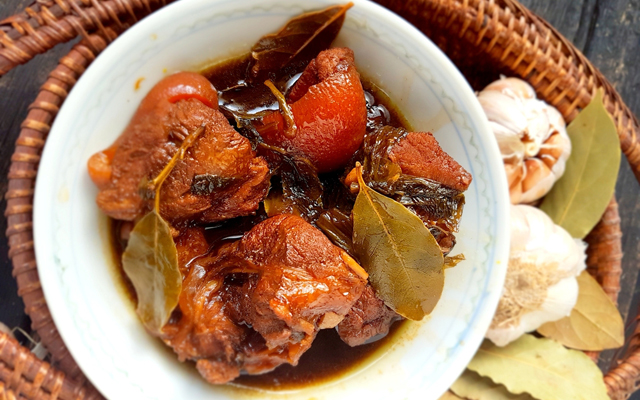Tour operators are creating tours that include culinary and farm stops as awareness for Filipino food builds up, thanks in part to the culinary festival Madrid Fusion Manila which the city will host for the fourth consecutive year in 2018.
But will Filipino food win the palate – and hearts – of travellers who are more enthralled with Thai, Japanese, Chinese, Korean, Malaysian cuisine?

Marisa Nallana, secretary-general of PACEOS (Philippine Association of Convention/Exhibition and Suppliers), which handles the month-long Flavours of the Philippines festival as part of Madrid Fusion Manila, noted a greater demand for local cuisine as Filipino chefs who trained and worked abroad and foreign chefs open more sophisticated restaurants in Manila.
Nallana said tourists are also discovering the Philippines’ regional dishes, including those from Pampanga, known as the country’s culinary capital with its slow-cooked and elaborate food including lechon (roast pig) and exotic ones such as crickets, frogs legs and fermented rice. Then, there are Bicol dishes, known for their spicy tang and lavish use of coconut milk, fresh seafood in the Visayas and Mindanao, and unique offerings like curacha (spanner crab) and various paellas in Zamboanga.
Mike Haim, groups manager, Corporate International Travel and Tours (CITI), too observed growing demand with more Filipino restaurants opening in the US and other countries, overseas training of local chefs, growing demand for fresh, organic produce, and more appealing aesthetic branding.
But for Filipino cuisine to get to the level of its more popular Asian cuisine counterparts, “realistically, it will take a while”, he opined. CITI’s culinary tours are not yet marketed as singular products, but as part of larger leisure and incentive group packages.
To create interest in this lesser-known Asian cuisine, he shared that Japan imports huge volumes of tuna from GenSan in Mindanao and that from its abundance of fresh seafood, the Philippines has kinilaw, the local version of ceviche and sushi.
“Filipino cuisine is a melange of different cuisines, influenced by Spain, Mexico, etc….with dishes like adobo (marinated pork or chicken or both) and kare-kare (oxtail stew served with thick peanut sauce) cooked differently from region to region,” he added.
Meanwhile, Vilma De Claro Mendoza, president of Mart Evers Travel, who organised Flavours of the Philippines in Cavite, expects that demand for Filipino food should improve as many Filipinos are now travelling and working abroad – but opined that the cuisine needs continued marketing and promotions to truly take off internationally.




















